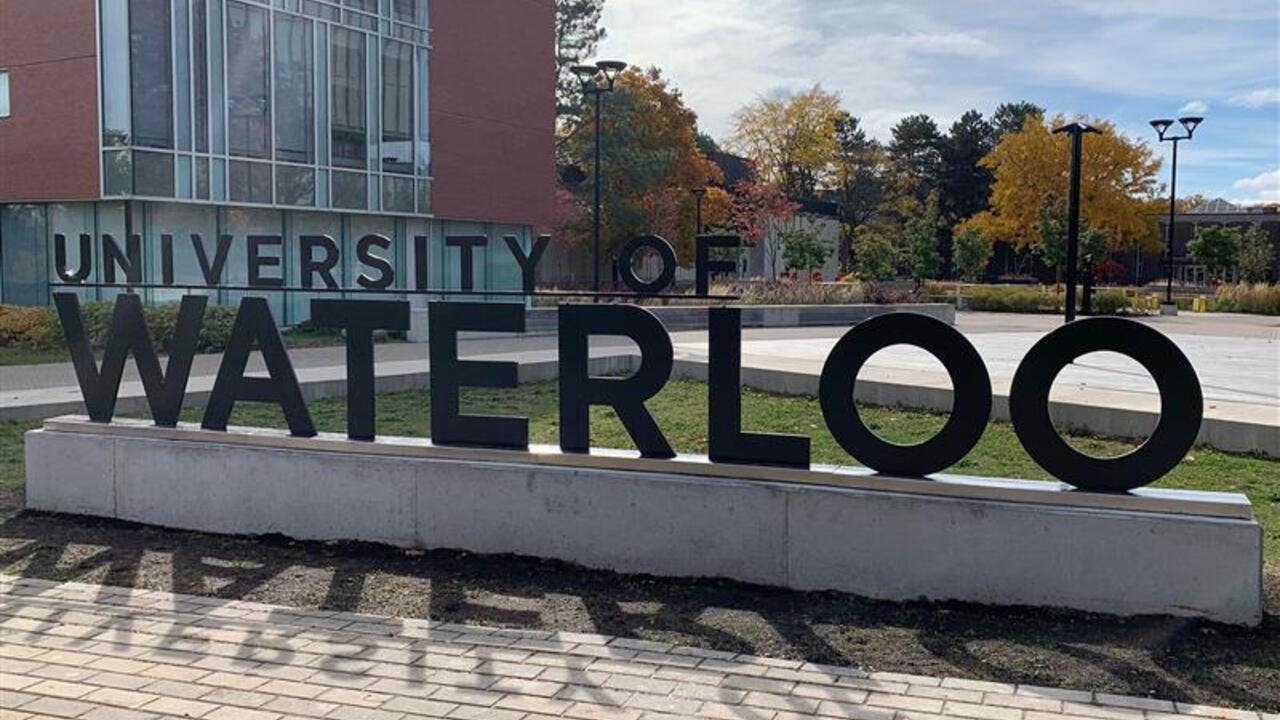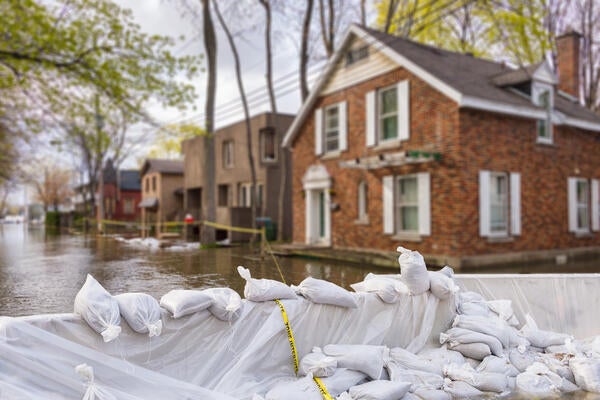
Expert Advisory - Fight over Yonge Street bike lanes
The following expert is available to speak about the report suggesting that Toronto remove two vehicle lanes between Sheppard and Finch Aves to free up space for bike lanes and boulevards

The following expert is available to speak about the report suggesting that Toronto remove two vehicle lanes between Sheppard and Finch Aves to free up space for bike lanes and boulevards
By Media RelationsBrian Doucet - School of Planning
Brian Doucet is an associate professor in the University of Waterloo’s Faculty of Environment. He researches gentrification, neighbourhood change, urban inequalities and flagship developments. His work also examines grassroots movements and urban resistance in North America and Europe.
“The plan to reduce the number of lanes from six to four, while expanding the sidewalks and adding cycling infrastructure would transform this stretch of Yonge into a truly urban street. There are far too few of these great urban spaces located in the outer regions of Toronto, where decades of planning have been oriented towards the car.
Reimagining Yonge as a space for people has the potential to be truly transformational and help create more sustainable and vibrant places in a city where this type of environment has largely been confined to the urban core. The Transform Yonge plan would send a powerful signal that the city is building the type of places that more and more of its residents actually want."
- Brain Doucet

Read more
Waterloo researchers propose solution to help communities escape the costly cycle of flood damage and rebuilding

Read more
Tennis Canada partners with Waterloo researchers to reach their goal of a net-zero and waste-free event by 2030

Read more
The Future Cities Institute joins forces with BestWR to help measure the region’s readiness for growth
The University of Waterloo acknowledges that much of our work takes place on the traditional territory of the Neutral, Anishinaabeg, and Haudenosaunee peoples. Our main campus is situated on the Haldimand Tract, the land granted to the Six Nations that includes six miles on each side of the Grand River. Our active work toward reconciliation takes place across our campuses through research, learning, teaching, and community building, and is co-ordinated within the Office of Indigenous Relations.